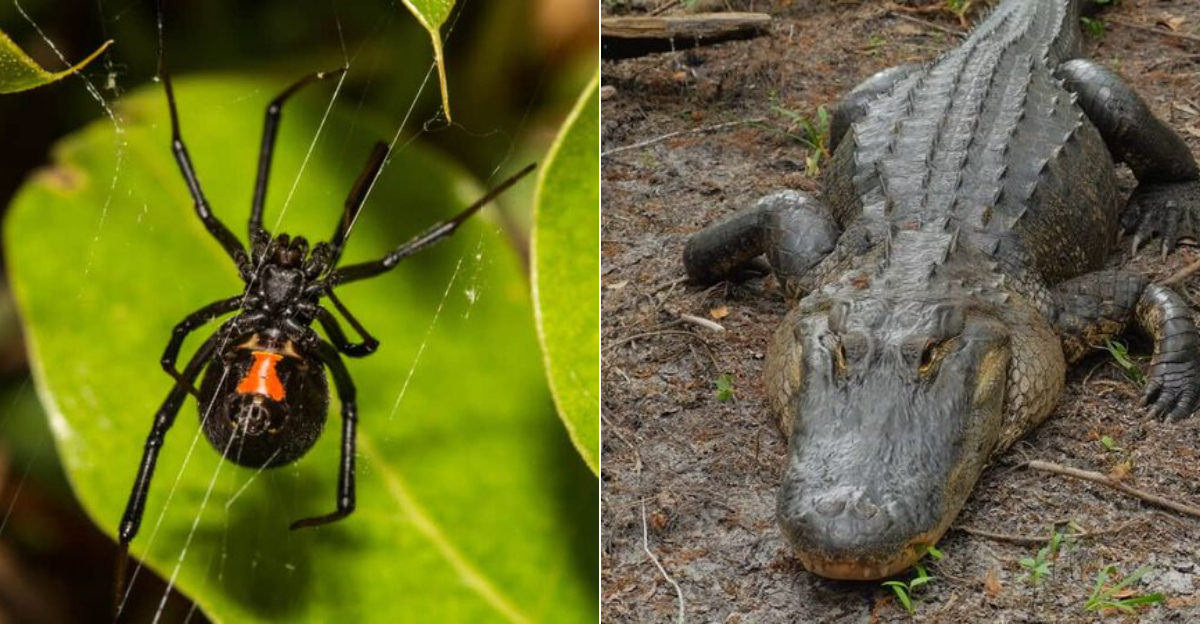North Carolina’s landscapes are full of life—and danger.
I’ve learned that some of the wildlife here can seriously threaten humans if you’re not careful. Over the years, I’ve had close encounters with creatures that look harmless but can turn dangerous in an instant.
These animals don’t always want to hurt you, but they will if they feel threatened or cornered. So, whether I’m hiking in the mountains or swimming along the shoreline, I always stay aware of the animals around me.
The key? Knowing which creatures to respect (and give space)!
1. Copperhead Snake
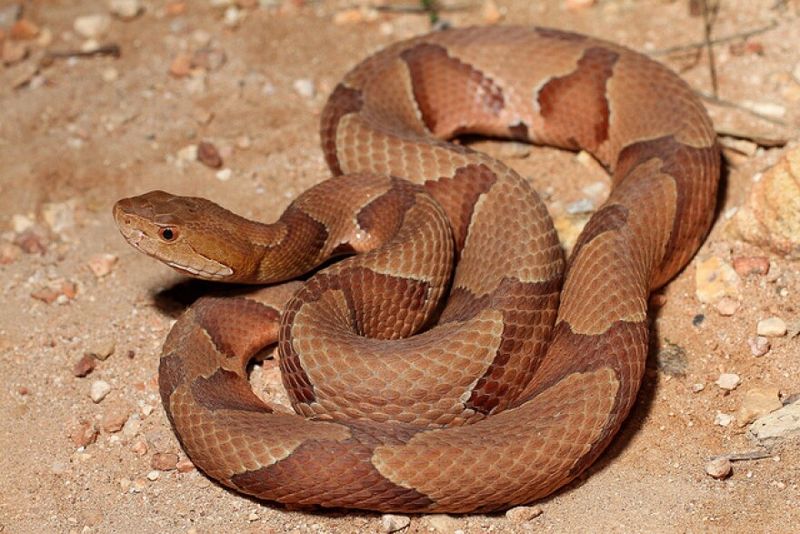
The copper-colored bands against a light brown body make these pit vipers unmistakable. During a camping trip near Asheville, I nearly stepped on one perfectly camouflaged in fallen leaves – a heart-stopping moment I’ll never forget!
Responsible for more venomous bites in North Carolina than any other snake, copperheads deliver a painful punch that rarely proves fatal but can cause severe tissue damage. They’re ambush predators. You can find them in forests, suburban yards, and even city parks.
Their venom contains hemotoxins that destroy red blood cells and skin tissues.
2. Timber Rattlesnake
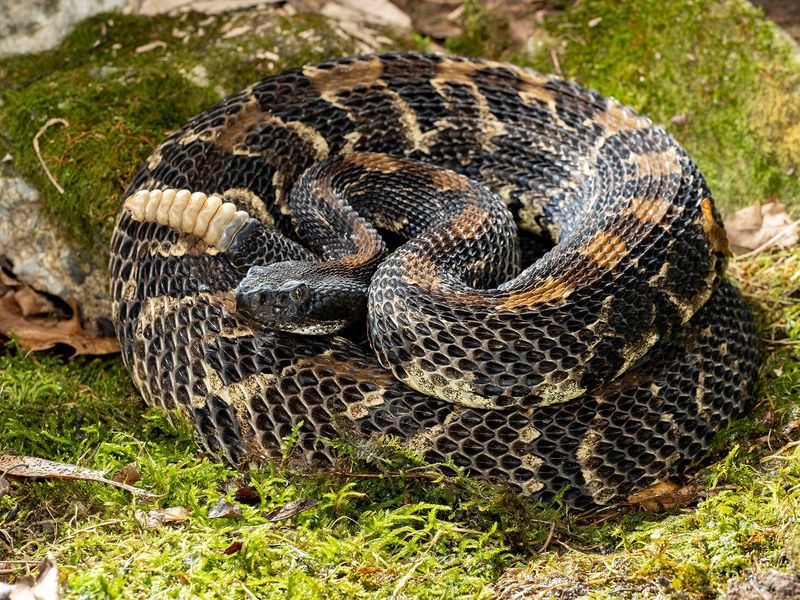
Impressive size and distinctive warning rattle: two things that make these snakes truly special.
These heavy-bodied serpents can reach up to 5 feet long, sporting dark bands across their yellowish or grayish bodies.
My encounter with one while hiking the Appalachian Trail taught me the value of watching every step. Their venom packs a serious wallop – potent enough to cause severe internal bleeding and tissue damage.
Unlike some aggressive snakes, timbers typically warn before striking.
3. Eastern Diamondback Rattlesnake
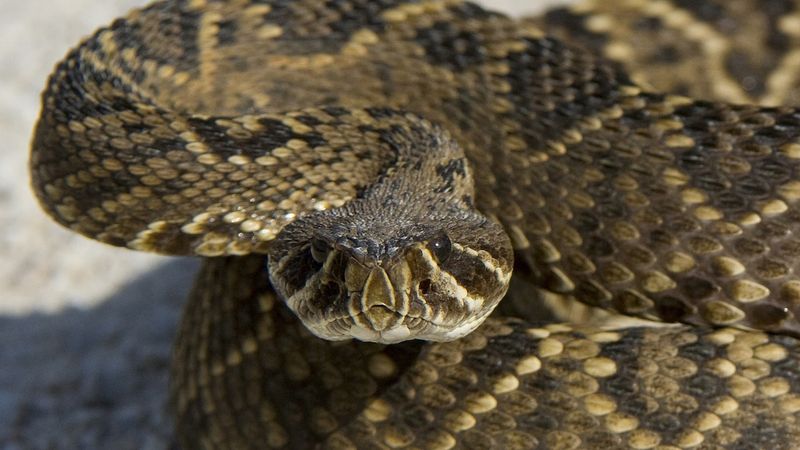
Meet the heavyweight champion of North American venomous snakes!
Reaching lengths over 6 feet and weighing up to 10 pounds, eastern diamondbacks are walking (or rather, slithering) tanks with attitude.
Their distinctive diamond pattern and ominous rattle serve as nature’s warning system.
With the longest fangs of any rattlesnake (up to an inch) and venom that destroys tissue and disrupts blood clotting, these snakes demand serious respect.
Thankfully, they’re becoming increasingly rare in North Carolina due to habitat loss.
4. Pygmy Rattlesnake
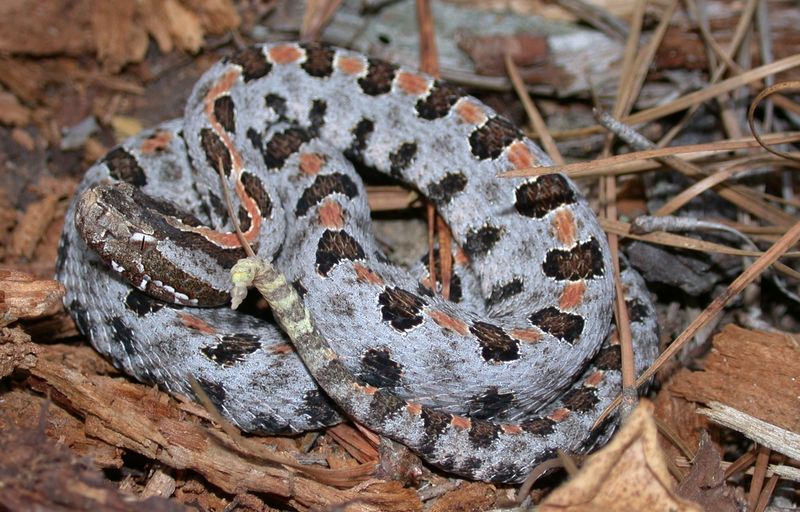
Don’t let their diminutive size fool you. Pygmy rattlesnakes pack a venomous punch in a small package.
These miniature rattlers have earned the nickname “ground rattlers” for their terrestrial habits.
Their tiny rattles produce more of a buzz than a rattle, making them harder to detect.
Pygmies prefer pine flatwoods and the edges of wetlands. Though less dangerous than their larger cousins, their venom can still cause intense pain, swelling, and in rare cases, serious complications. So, beware!
5. Cottonmouth (Water Moccasin)
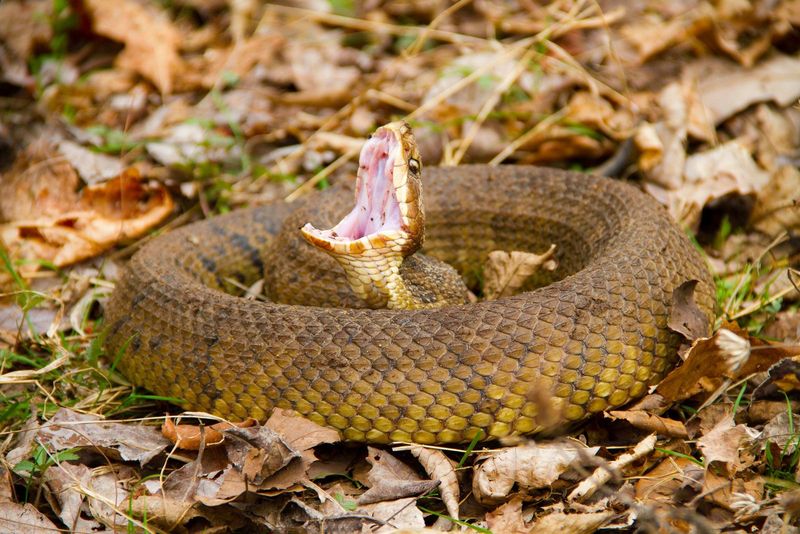
The infamous cottonmouth earned its name from the startling white interior of its mouth.
These semi-aquatic pit vipers are the only venomous water snake in North Carolina. More exciting than some might prefer, I’d say!
Unlike many snakes that flee when confronted, cottonmouths often stand their ground, coiling and displaying their namesake white mouth.
Their powerful cytotoxic venom can cause extensive tissue damage and potentially lead to the loss of a limb if not treated promptly.
6. Eastern Coral Snake
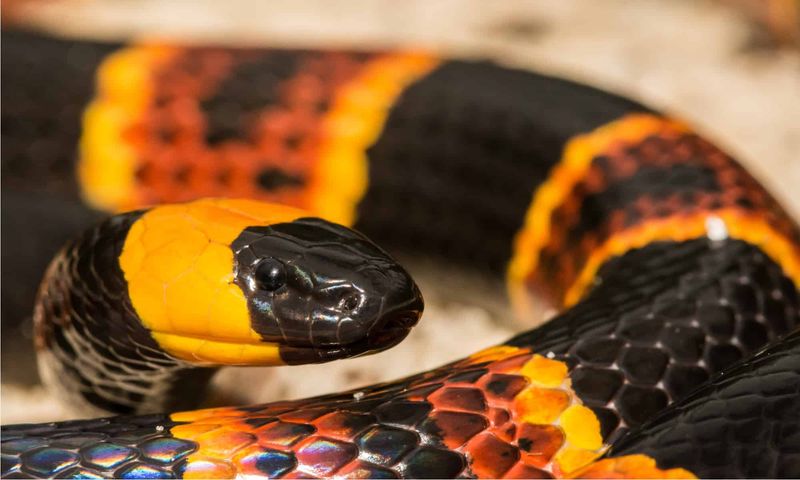
Its brilliant red, yellow, and black bands make it one of North Carolina’s most visually striking reptiles. But don’t be tricked by its beautiful appearance – this elapid packs a neurotoxic punch that can cause respiratory failure.
Coral snakes are rare in North Carolina, limited mostly to the southeastern coastal plain, and extremely shy.
Unlike pit vipers with folding fangs, coral snakes have short, fixed fangs and must chew to deliver venom. They’re responsible for less than 1% of venomous snakebites in the US, but their potent neurotoxin makes each encounter potentially life-threatening.
7. American Alligator
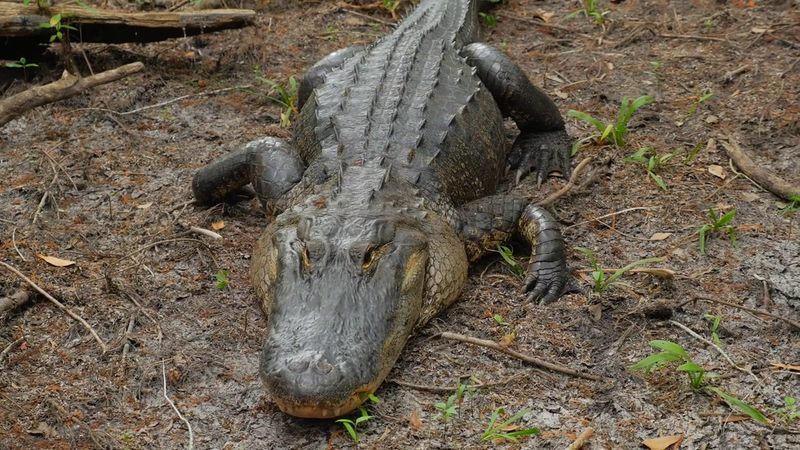
These prehistoric behemoths definitely know how to patrol North Carolina’s coastal waterways!
Growing up to 14 feet long and weighing over 1,000 pounds, alligators are living dinosaurs with bite forces exceeding 2,000 pounds per square inch. Yup, history can be really violent!
During a fishing trip in the Cape Fear River, I watched in awe as one glided silently through the water, only its eyes and snout visible above the surface.
But here’s the truth: despite their intimidating presence, alligator attacks on humans are exceedingly rare in North Carolina.
8. Forest Guardian: Black Bear
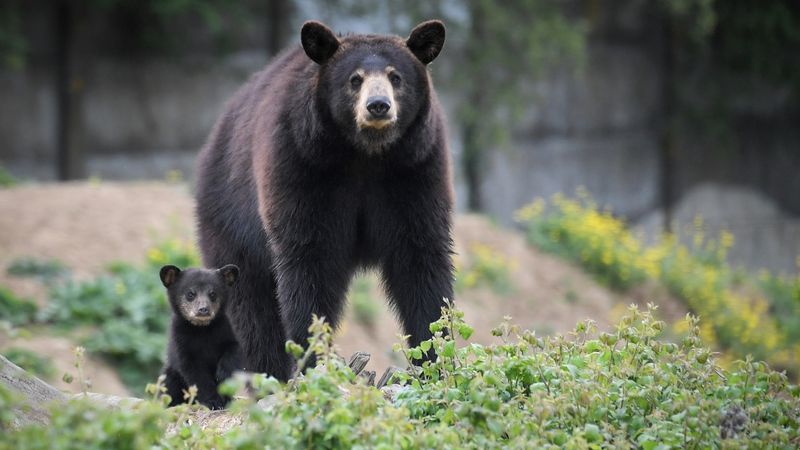
North Carolina hosts the largest black bears in North America.
My most memorable wildlife encounter happened while hiking near Linville Gorge – rounding a bend to find a mother bear with cubs not 30 feet away. We slowly backed away while she watched, thankfully more interested in teaching her cubs to forage than in us.
Despite their power, black bears rarely attack humans unprovoked. Most conflicts occur when bears associate people with food or when surprised at close range, particularly when cubs are present.
9. Coyote

Coyotes have expanded their territory across North Carolina over the past few decades. They adapted remarkably well to both wilderness and suburban environments.
These intelligent canids resemble small German shepherds, with pointed ears, bushy tails, and a yipping howl that can send shivers down your spine.
While attacks on humans are extremely rare, coyotes occasionally prey on pets and can become problematic when habituated to human food sources.
They’re most active at dawn and dusk, hunting small mammals, birds, and even fruit when available.
10. Great Horned Owl
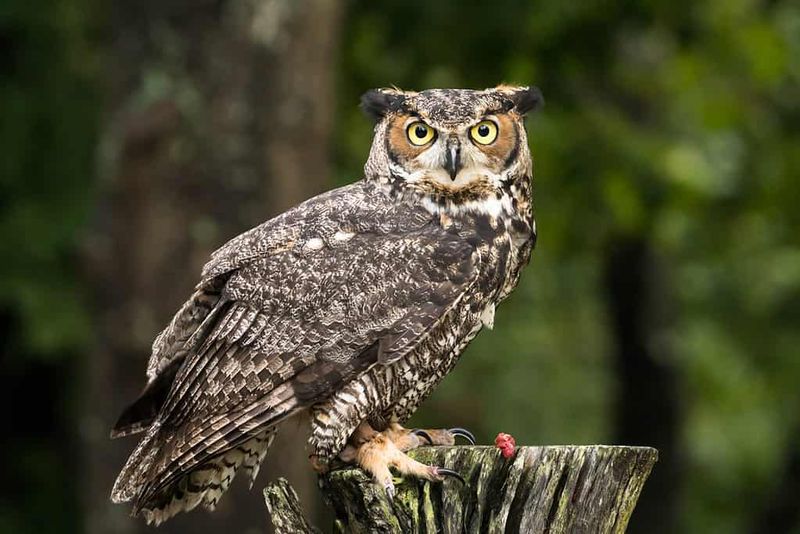
These nocturnal hunters can take down prey larger than themselves thanks to talons that exert over 300 pounds of crushing pressure. Truly fascinating!
And yes, their deep “hoo-hoo-hooo” echoing through the darkness is a hauntingly beautiful sound!
Though humans aren’t on their menu, great horned owls occasionally mistake small dogs and cats for natural prey, and they’re fiercely protective of their nesting areas.
Here’s a creepy fact: their specialized feathers allow silent flight, making them perfect ambush predators that strike without warning from above.
11. Black Widow Spider
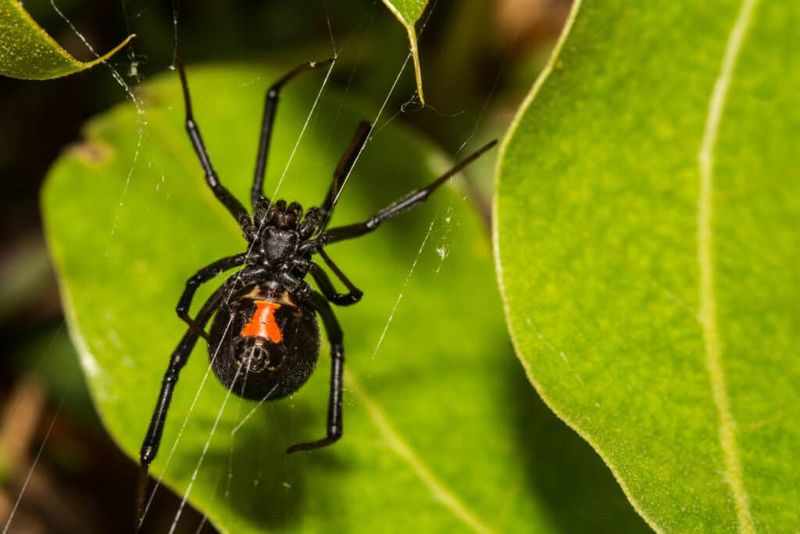
You can tell these spiders are dangerous just by their name.
Black Widows’ neurotoxic venom is 15 times stronger than a rattlesnake’s (by volume).
Still, despite their dangerous reputation, black widows are actually shy and non-aggressive, biting only when directly threatened.
Found statewide in woodpiles, outbuildings, and undisturbed outdoor spaces, their bites cause intense pain, muscle cramping, and in severe cases, breathing difficulties.
Fortunately, fatalities are extremely rare with modern medical treatment.
12. The Violin Spider
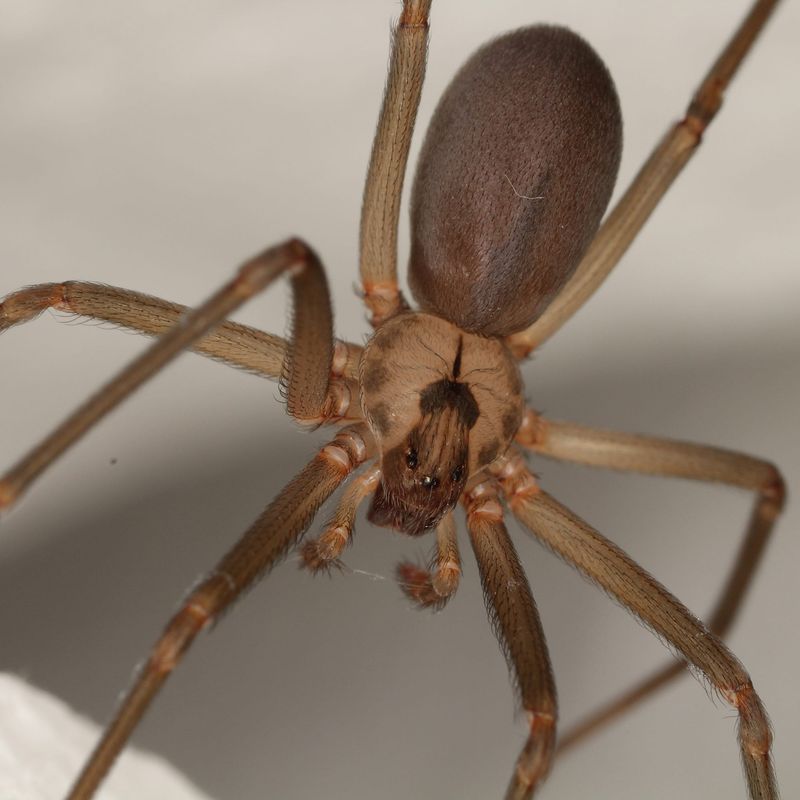
The brown recluse spider bears a distinctive violin-shaped marking on its back. That’s why it also goes by the name “fiddle-back.”
These medium-sized brown spiders possess a venom that can cause severe tissue damage through a process called necrosis.
While renovating an old farmhouse near Charlotte, I encountered several hiding in cardboard boxes – a reminder of their preference for undisturbed, dry locations.
True to their name, brown recluses are shy and only bite when pressed against the skin, typically when someone puts on clothing where they’re hiding. Their bites often go unnoticed initially but can develop into serious wounds requiring medical attention.
13. Carolina Wolf Spider
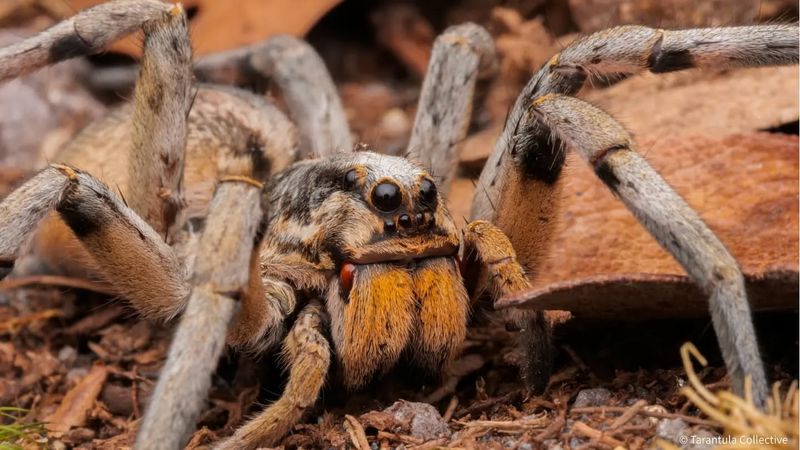
It holds the title of North Carolina’s largest spider species, with leg spans reaching up to 4 inches!
Unlike web-building spiders, these hairy hunters actively chase down prey with surprising speed and agility.
Their venom is designed to subdue insects, not people. However, their bite can cause localized pain similar to a bee sting.
Wolf spiders are beneficial predators that help control pest populations around homes and gardens. Female wolves carry their egg sacs attached to their spinnerets and later carry their spiderlings on their backs.
14. Mosquitoes (Gallinippers)
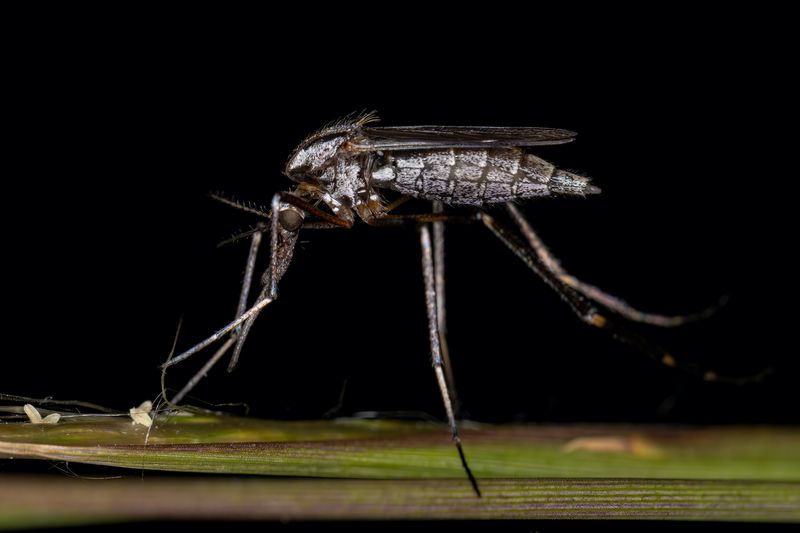
These aren’t just mosquitoes. These are mosquitoes on steroids that are 20 times larger than typical species!
My fishing trip to Lake Mattamuskeet turned into a blood donation event when these monsters descended at dusk. I’ve never applied repellent so frantically in my life!
Beyond the itchy welts, mosquitoes in our state can transmit serious illnesses like West Nile virus, Eastern equine encephalitis, and La Crosse encephalitis. The gallinipper’s bite feels like a stabbing pinprick, earning them the nickname “shaggy-legged gallinipper” from suffering North Carolinians for generations.
15. Common Snapping Turtle
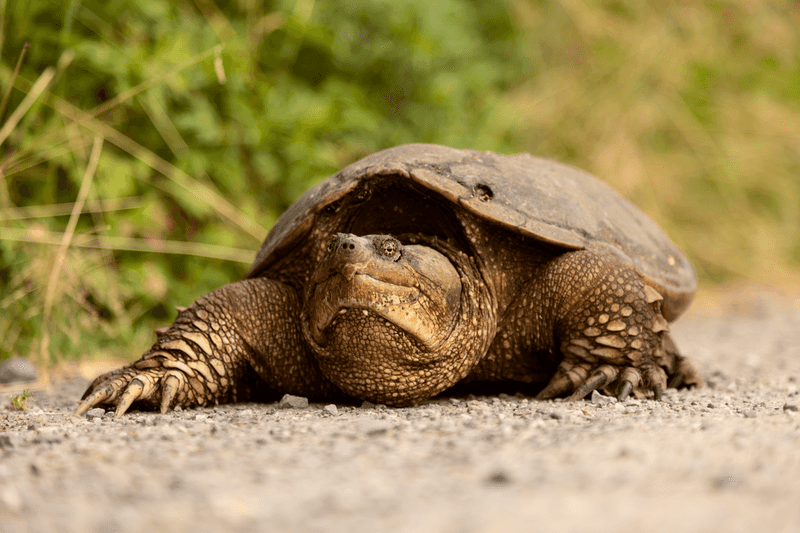
The common snapping turtle looks like it crawled straight out of the Jurassic period with its spiked tail, powerful jaws, and primordial appearance. These aquatic tanks can weigh up to 35 pounds in North Carolina waters.
On land, they become particularly defensive, unable to retreat into their shells like other turtles.
Their powerful beaks can easily amputate fingers, so giving them space is essential. Despite their fearsome reputation, snappers play important roles in our aquatic ecosystems as scavengers and predators, helping maintain healthy water systems.
16. Bluefish
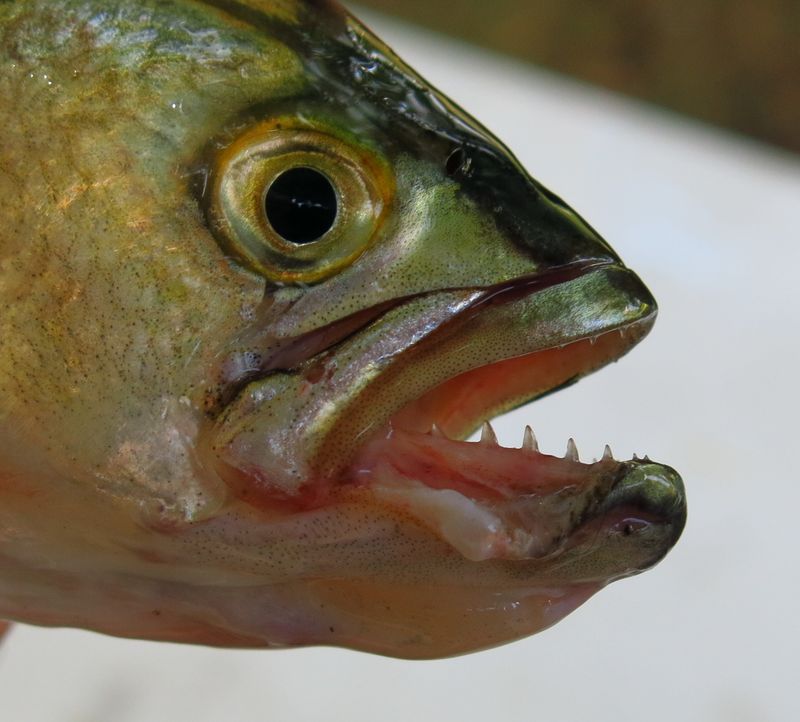
Let me put it this way: Bluefish are the piranha of North Carolina’s coastal waters. They’re sleek, fast, and equipped with razor-sharp teeth that can slice through flesh with disturbing ease.
These oceanic predators travel in schools, working together to corral and attack baitfish in feeding frenzies that turn the water surface into a churning foam.
Their powerful jaws and aggressive feeding behavior have resulted in numerous injuries to fishermen and swimmers who accidentally get between these hunters and their prey.
17. Bull Shark
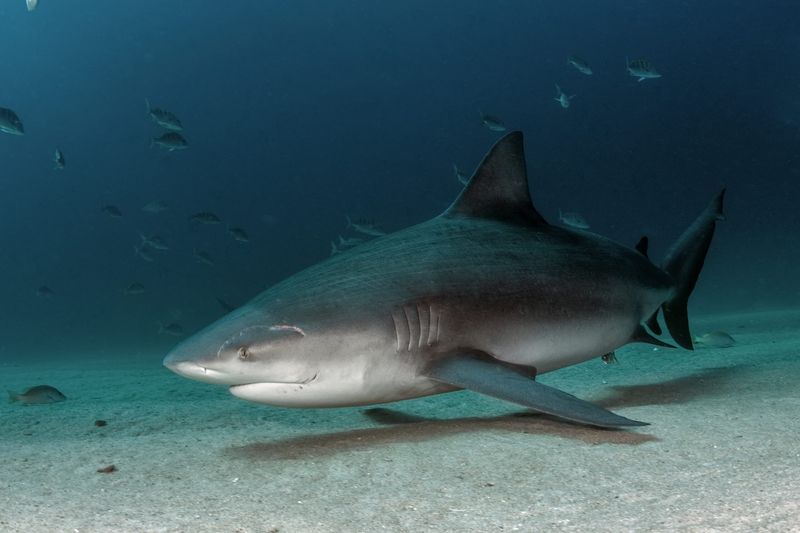
Bull sharks earn special recognition among North Carolina’s dangerous marine life for their unique ability to tolerate fresh water. Scary and stunning at the same time!
They reach lengths of 11 feet and possess among the highest testosterone levels of any animal on Earth.
What makes bulls particularly dangerous is their tendency to hunt in shallow, murky waters where humans swim.
Unlike some sharks that bite out of curiosity, bull sharks often attack with intent. Their powerful bite force can sever limbs, and they’re responsible for more attacks on humans in North Carolina waters than any other shark species.
18. Tiger Shark

Size, power, and indiscriminate appetite: four words that describe Tiger sharks perfectly!
While deep-sea fishing off Cape Lookout, our captain pointed out a massive tiger circling our boat – an awesome yet terrifying sight. They’re notorious for eating almost anything, with stomach contents revealing everything from sea turtles and fish to license plates and tires.
Tiger sharks typically visit North Carolina’s coast during warmer months. Their serrated teeth are perfectly designed to cut through hard-shelled prey, and unfortunately, can do the same to human limbs during rare attacks.
19. Red Wolf
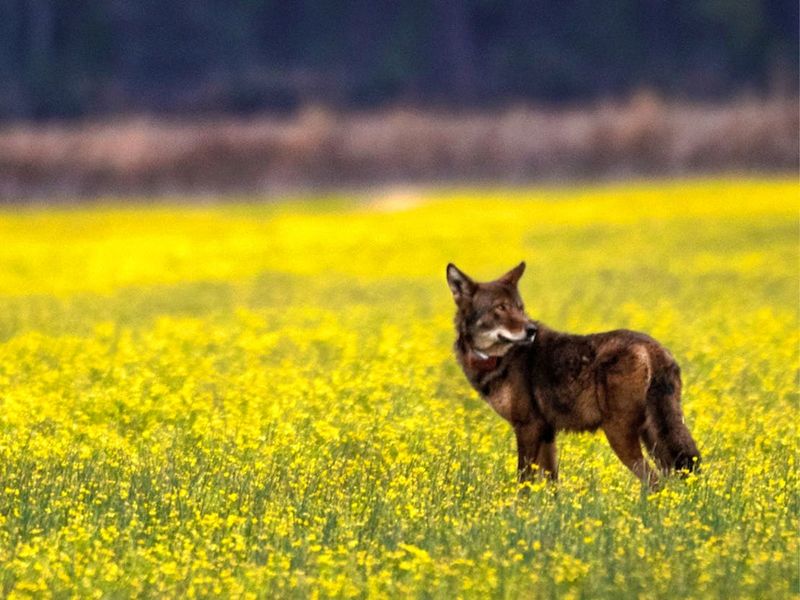
The critically endangered red wolf once roamed throughout North Carolina but now exists primarily in a small recovery area in the northeastern part of the state.
Smaller than their gray wolf cousins but larger than coyotes, red wolves have reddish-brown fur with black accents and distinctive facial markings.
They’re naturally shy and avoid people whenever possible. Any perceived danger comes from territorial defense or if cornered, though no documented attacks on humans exist in modern times.
20. Yellow Jackets & Paper Wasps
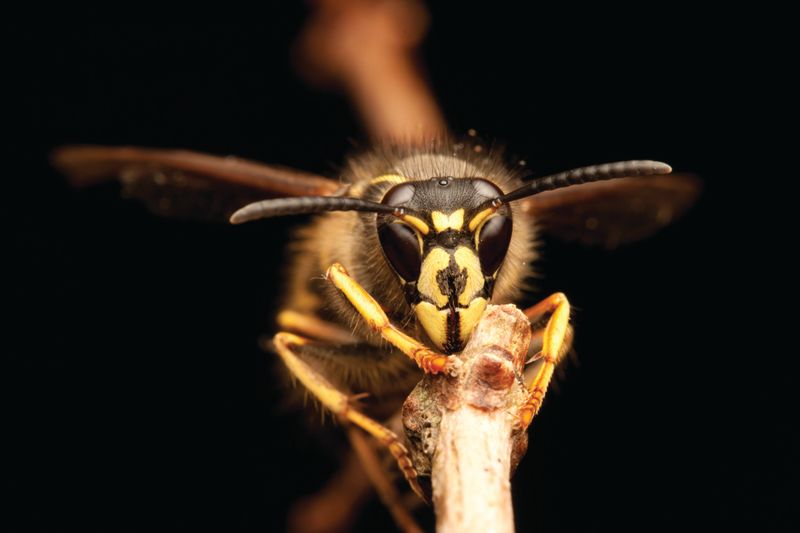
Unlike honeybees, these social wasps can sting repeatedly without risking their lives. Plus, they fiercely defend their nests.
My painful introduction to yellow jackets came while mowing my Piedmont lawn. I accidentally disturbed an underground nest and their angry swarm left me with dozen of burning stings! The most painful experience of my life!
Paper wasps build open-celled paper nests under eaves and deck railings, while yellow jackets often nest in ground cavities or wall voids.
Both become increasingly aggressive in late summer.
